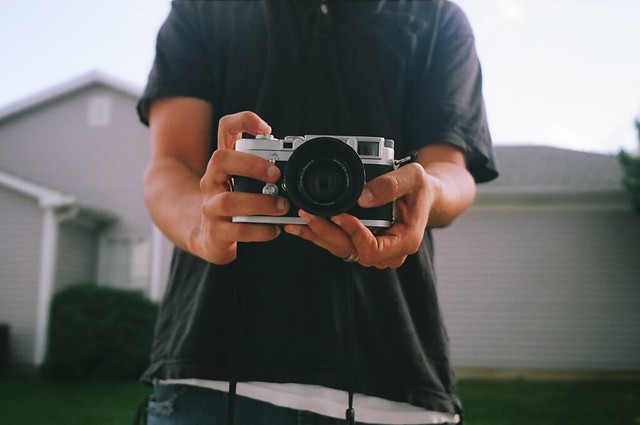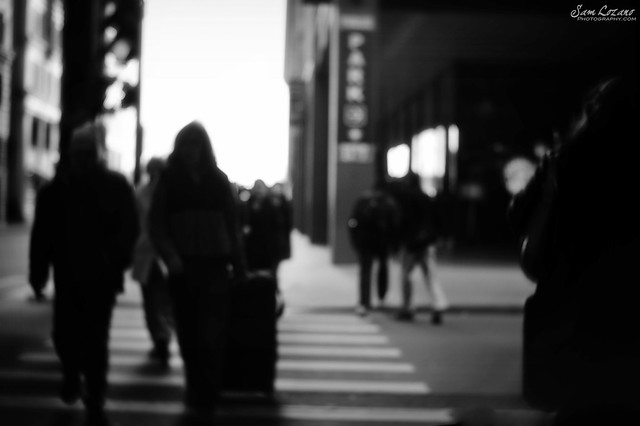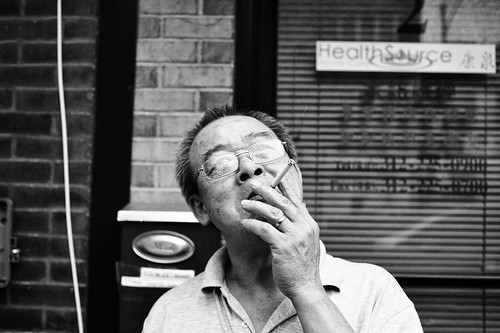For all of these repairs, the first person I contact is Youxin Ye. He's extremely knowledge, priced very reasonable, and works incredibly fast. I mean insanely fast. As in he may finish your repair/CLA on the same day that the lens arrives. And ship it the next day.
He took the Summaron and disassembled it, cleaned it. The haze didn't go away fully (it's probably etched in the glass by now) but it did help matters. The Summitar came back in fabulous shape, the aperture ring is Leica-smooth now, perfect. And the M3 is now back in my greedy little hands in amazing shape. The film advance (dual stroke) is just phenomenal - I dry-fired the shutter at least 10 times in a row just to feel how buttery it was. The viewfinder is like night and day, the brightness was doubled (seemingly) - now I see why the M3 is regarded as the best camera ever.
So overall, I can highly recommend Youxin and his camera services.
Update [01/21/2015] : I thought I'd update this post with additional comments. After shooting about 80 or 90 rolls of film with the M3, I noticed that the viewfinder was beginning to separate - it shows up as a light bar on each edge of the viewfinder glass (the inner element). Eventually the separation gets worse and worse until the prism separates and the VF blacks out entirely. My separation was getting pretty bad and the contrast in the finder was worsening so I sent it back to Youxin to recement the prism. This work only took about 2 weeks and roughly $150 - way cheaper than I thought. Now that I have it back it's even brighter and clearer than after the original CLA.
http://www.yyecamera.com



